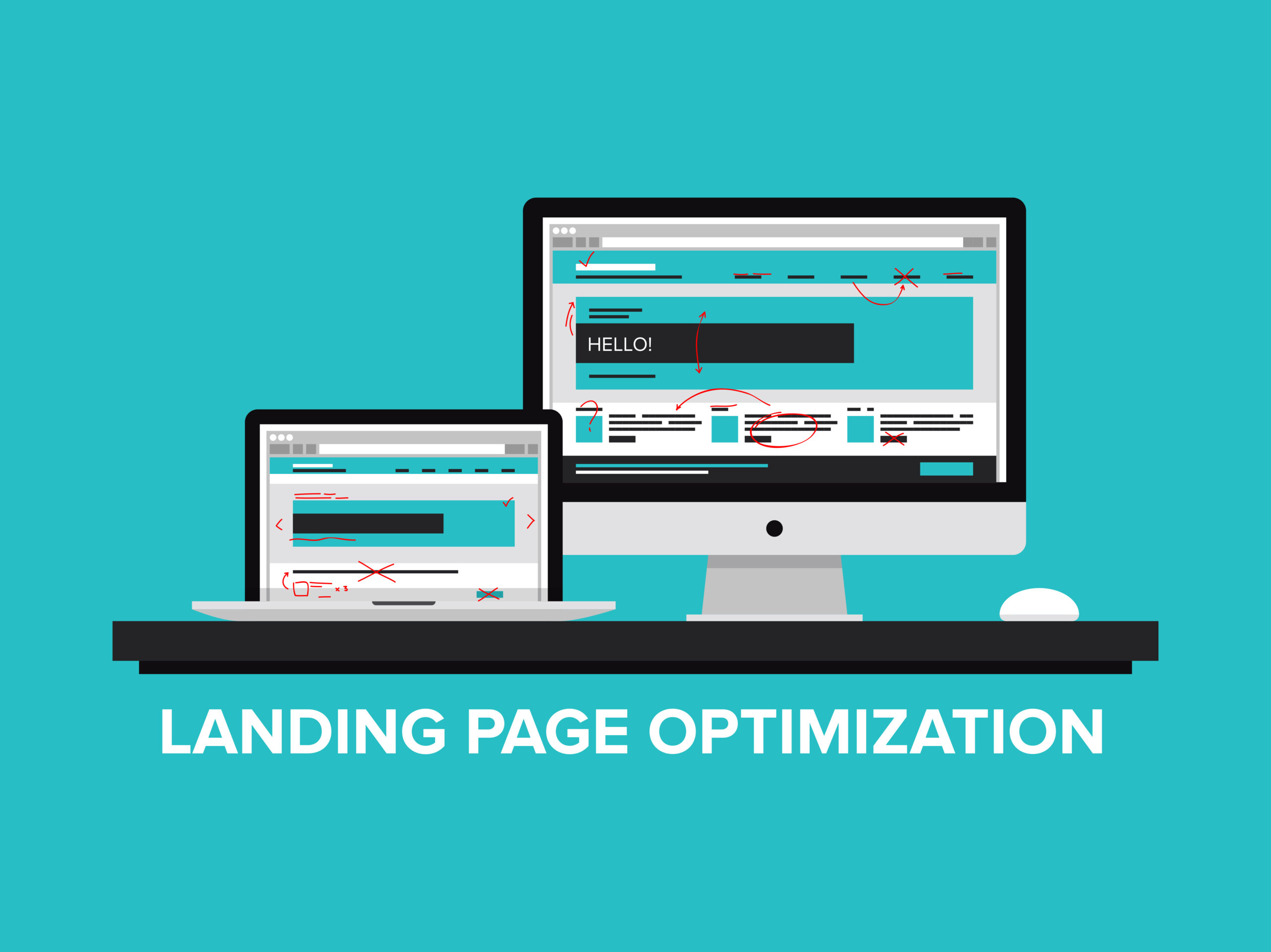Toxic Backlink Prevention, Removal and Disavowing
February 15, 2023There are several ranking factors that play a major SEO role with Google and other search engines, and one of the single most important and consistent remains backlinks. The presence of high-quality links that signal domain authority to Google is absolutely vital within SEO efforts, but not all backlinks created can be of the same quality level.
At SEO Werkz, we’re proud to offer comprehensive SEO services, including link-building and other off-site optimization areas to assist with domain authority and visibility. In addition to helping you build and maintain quality links, we’ll help you avoid what are known as toxic backlinks – what are these, how do they compare to quality backlinks, and what can you do to ensure toxic backlinks are not an issue for you? Here's a broad primer that explains everything you need to know in this area.
Defining Quality Backlinks Vs. Toxic Backlinks
What are the qualities that make up robust, beneficial backlinks -- and how do these compare with toxic backlinks you should be avoiding? Here are some basics.
Understanding Quality Backlinks
Firstly, it’s important to understand what quality backlinks look like as a baseline. These links come from trusted, authoritative sites that have no intention of manipulating Google or other search engines, featuring relevant, unique content and generally given by choice. Essentially, you want someone to have found your content valuable to the point where they chose to link to it.
Solid, high-quality backlinks will serve several purposes. They will draw in major referral traffic for your site, plus will do so from trusted sources that work as votes of confidence. It’s important for these backlinks to be topical and line up directly with your own site’s content and marketing themes.
Understanding Toxic Backlinks
Toxic backlinks, on the other hand, refer to those that are either of low quality or, sadly common in the SEO world, attempting to mislead Google in some way. Such behaviors involve manipulating links to and from the site, plus related behaviors that violate Google’s Webmaster Guidelines.
Want a little more detail? Here are some specific examples of qualities of toxic backlinks:
- Tracing back to sites that are only present for outbound links and nothing else
- Hidden in blog comments, website footers or other improper locations
- Tracing to sites and content that are not relevant
- Tracing to sites that are not indexed by Google
- Links existing on every single page on a given website
- Followed links are clearly marked as sponsored
- Using "exact match anchor text"
Negative Results of Toxic Backlinks
There are several potential negatives of toxic backlinks, which are policed to a much greater degree now than they would have been even a decade ago. Some of the possible results include:
- Manual action for unnatural links: When a human Google reviewer determines your links do not comply with guidelines and tags you.
- Links ignored: Google’s algorithms have become very good at ignoring unnatural links and will often simply fail to recognize toxic ones.
- Algorithmic filter: The most common result of toxic backlinks is when an algorithmic filter (or algorithmic penalty) is applied, adjusting your rankings after detecting unnatural links. You generally won’t receive a notification here and cannot file a reconsideration request.
Avoiding and Removing Toxic Backlinks
Luckily, there are a variety of tactics that can be taken to both reveal and avoid toxic backlinks on your site. Read on to learn more.Â
Revealing Toxic Backlinks
Are you unsure if toxic backlinks might already be present on your site? Here’s a quick process for testing this:
- Set up a site audit for the root domain page.
- During the audit, you’ll have to connect to Google Search Console.
- Upon audit completion, you’ll get an overview, or a "whitelist," that includes general backlink health.
- One of the metrics present will be “overall toxic score,†which is important here. If this is high enough, you’ll need to move further.
- Moving from the highest toxic score on down, you can audit and remove toxic backlinks, plus whitelist others you want to keep. More on toxic backlink removal, which we'll go over momentarily.
Removing Toxic Backlinks
Once you've taken the steps above and have created a list of your potentially toxic backlinks with high toxic scores, it's time to remove these from your domains. This is especially true if you've received a manual action notification, which means a human reviewer has already noticed the presence of these backlinks.
Here are the basic steps for removing toxic backlinks:
- Remove list: Most backlink audit tools contain this basic feature, which allows you to list all the links you want gone here and then offers a Delete tab.
- Connection: Under the Remove tab, you can link your email address. This allows you to send remove requests easily.
- Send and monitor requests: Using the templates present, you can easily send removal requests. From here, regularly check the status column in your audit, which will show you where each request is.
- Export list: If needed, you can export the removal list to other locations.Â
In many cases, including when you have a manual action against you based on unnatural links to your site, you may have to go further than simply removing these toxic backlinks. This is a process called disavowing links, which we'll go over in a moment.
Disavowing Toxic Backlinks
Here are the basic steps and processes to follow when looking to disavow toxic backlinks from your site:
- Determine necessity: First and foremost, you need to assess whether or not toxic backlink disavowing is even necessary. Know that Google and other search engines already have many tools in place to assess the trustworthiness of links, meaning there are many cases where you won't need to disavow at all. Generally speaking, you should disavow backlinks only if you have a large number of spammy or artificial links pointing to your site, plus if these links have caused a manual action or are likely to do so. But because Google already works so hard to prevent spammy backlinks from causing harm, there are many cases where disavowing will not be necessary, especially if there's no manual action risk.
- Create a list of disavow links: If you've determined that disavowing is indeed necessary, the first major step is to assemble a list of pages or domains that will need to be disavowed. This should be done in a text file that will be uploaded to Google -- you have to follow a specific format for this list, one our team of SEO pros will be happy to lay out for you in detail (or even perform on your behalf).Â
- Upload the list: Next up, the list of domains needs to be uploaded. You can post one disavow list for each property you own. This process involves going to your disavow links tool page, then selecting a property from that list. Click the button to upload the list, then choose the disavow file from your device. If there are any errors in this process, a list of them will immediately show up -- you'll be able to fix it before re-uploading. If there are no errors, congratulations -- just give Google a few weeks to incorporate this list into the index, a process that requires them recrawling the web and reprocessing various pages.
- Removing disavowals for a property: For removing disavowals from a given property, you must go to your disavow links tool page, then select the property. From here, click the Cancel Disavowals button, and all disavowals for this property will be removed. Once again, this process may take several weeks while Google recrawls and reprocesses.Â
Running Regular Backlink Audits
All businesses engaged in SEO practices like link-building should be regularly running backlink audits, as this provides a key window into what's going on with your site from an SEO perspective. If you have been disavowed or find toxic links pointing to your site during this process, you can quickly take steps to remove them and restore the health of your site for both users and search engines alike. Regular backlink audits benefit you in several ways:
- Spotting possible manual actions in advance: In many cases, you can spot potential link quality problems before Google has to step in and give you a manual action. What exactly IS the benefit of finding these issues beforehand? Well, first off it shortens your time on the blacklist by quite a bit, meaning you won't lose as many traffic opportunities. Furthermore, if you're proactive about removing spammy links instead of waiting for Google to do it, you can avoid potential penalties or even lawsuits.
- Identifying redirecting links: You may notice during an audit that some of your backlinks are directing traffic elsewhere instead of staying on your pages -- this is a frustrating issue known as "redirect poisoning." This usually occurs when link exchanges have gone wrong, meaning you have to go through your logs to see who originally sent the links. You can then contact that person and ask them to change or remove the links.
- Identifying suspicious links: You may come across some backlinks that are outright fishy -- they're short, for example, which is a common spam tactic Google uses in its algorithm now. Other potential areas for concern are links from foreign or poor sites with low authority, or links that have short text anchor text.Â
- Identifying your most valuable links: Perhaps the biggest benefit of backlink audits is finding your highest-quality links -- these are the ones you want to retain and grow so they can bring more traffic to your site. When you see which backlinks are worth the most to your business, you can take steps to scale direct outreach campaigns or even use other SEO techniques like link-trading so your website gains more quality links over time.
There are numerous tools out there to assist you in this process, from free online resources to the gold standard: Working with top digital marketing professionals like ours at SEO Werkz. We'll keep a constant eye on areas like your backlink profile, ensuring that your website benefits from clean, high-quality links -- allowing you to focus on what matters most.
For more on toxic backlinks and how to avoid, remove and even disavow them -- and how to maximize your quality link profile -- contact the experts at SEO Werkz today.Â





